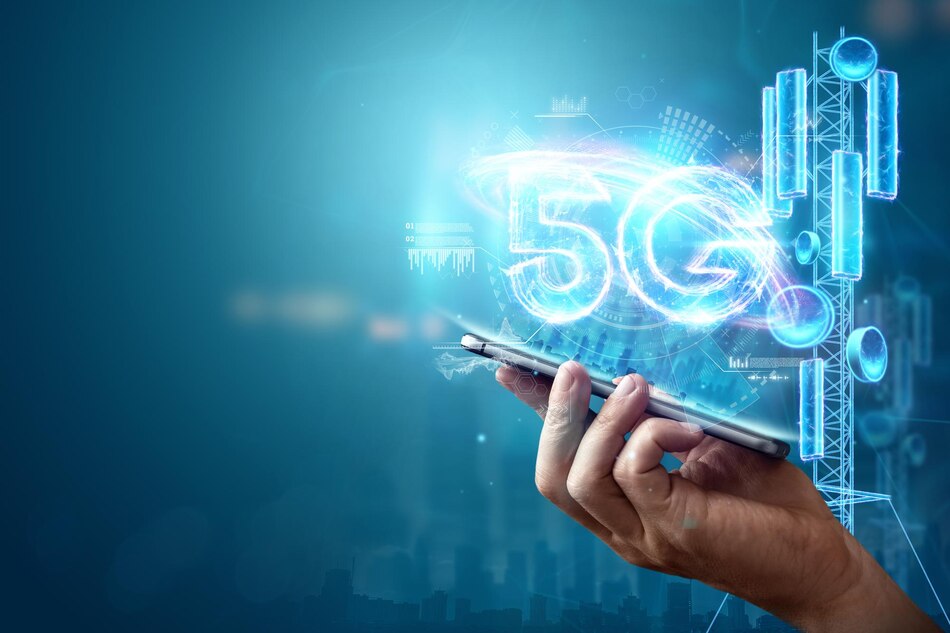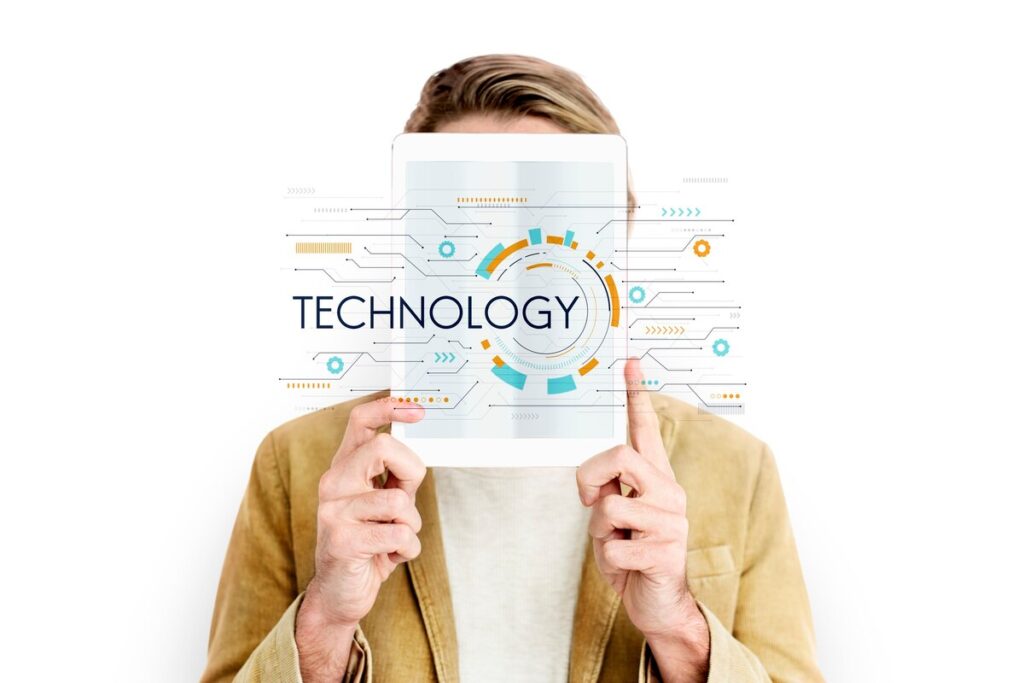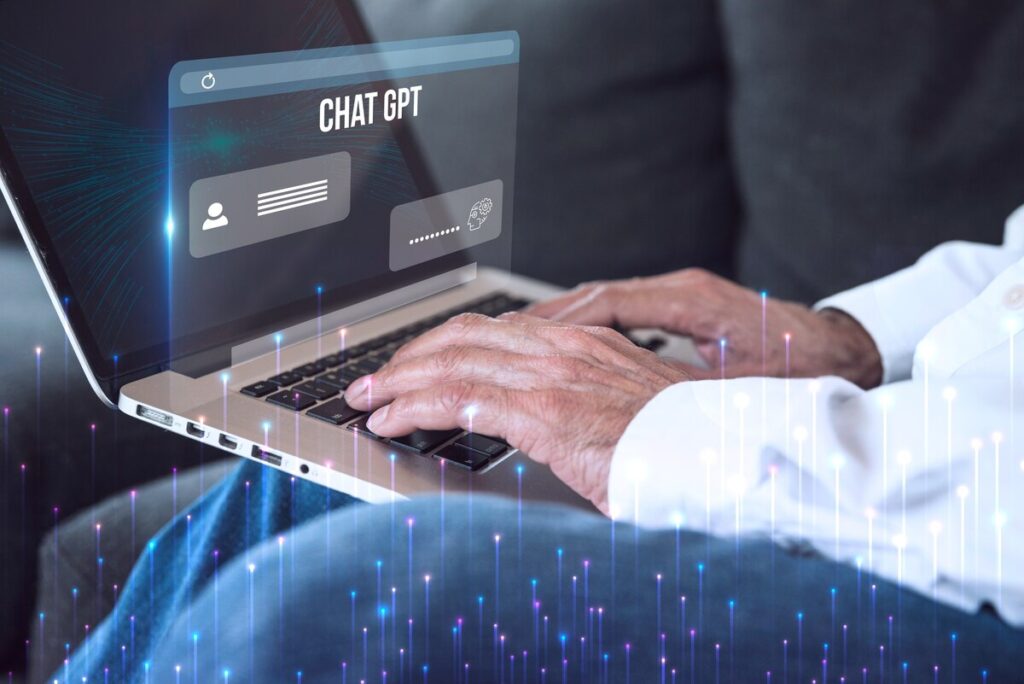Technological advances are changing how we learn and teach. Education is changing from the COVID-19 pandemic-driven worldwide shift to distant learning to integrating AI, blockchain, and immersive technologies. This article discusses the top 10 educational technology developments that are changing learning and how they are changing education.
Remote Learning: The Global Shift
Online education, driven by the COVID-19 epidemic, is essential to current learning. Remote learning has revolutionized education, with the U.S. remote education industry anticipated to reach $12.81 billion between 2020 and 2024. E-learning allows students to take courses and tests worldwide.
This expands educational options and makes them more flexible and affordable. Remote learning saves students money on tuition and fees. This trend benefits educators and students by lowering administrative expenses.
Digital courses and test academic integrity depend on online proctoring solutions. These live remote, recorded, and AI proctoring solutions meet online learning demands. Human invigilators observe test-takers using cameras and microphones in live remote proctoring.
This adds control and communication during essential evaluations. Recorded proctoring records the whole test, analyzes it using software, and sends it to a human proctor for evaluation. However, AI proctoring monitors and analyzes video and audio sources to ensure test integrity without a human observer.
Tech-enabled Immersive Learning: A Virtual Revolution
A virtual revolution in education is underway thanks to VR and AR. VR headsets and gloves replicate settings for an immersive experience. AR, accessible via smartphone apps, blends the real and digital worlds. The worldwide VR education industry is estimated to expand from $6.37 billion in 2020 to $32.94 billion in 2026, demonstrating its growing importance.
Extended reality is used in several educational sectors. Medical schools use AR and VR to illustrate anatomy. History students use VR headsets to explore historical villages. These technologies enable future architects to generate complex 3D models. Immersive learning makes difficult concepts more real and exciting. Extended reality helps students with particular needs in humanities, business, sciences, engineering, medicine, and more.
Innovative K-12 Homeschooling Startups
Innovative K-12 homeschooling firms have emerged because of the COVID-19 pandemic and rising homeschooling. These platforms provide part-time and full-time study. These firms offer diversified and exciting online learning with configurable curricula across many disciplines.
These platforms’ technological characteristics make homeschooling more efficient and engaging. Innovative homeschooling firms may now help parents find alternatives to conventional schooling. These firms signal a movement toward more individualized and technology-enhanced homeschooling, altering education outside of classrooms.
Artificial Intelligence (ai) In Learning: A Smart Approach
AI’s capacity to self-learn and make choices transforms education. AI in education strives to improve learning programs, boost evaluation, and automate monotonous jobs. Self-learning AI algorithms allow instructors to automate tedious jobs using AI-based software. This gives teachers more time to concentrate on innovative and exciting lessons.
AI is crucial to adaptive learning, which customizes instruction. AI algorithms that analyze student performance via surveys and give individualized learning routes based on findings guarantee a more specialized approach to educational goals. AI in education signifies an intelligent and efficient shift in teaching and learning.
Gamification: Making Learning Fun And Interactive
Gamification incorporates game components into non-game environments and is a solid educational tool. Using points, races, and level-ups, educators make learning fun. Gamification may motivate and engage students, as successful game-based learning apps show.
Education Edition uses students’ love of video games to provide lesson ideas and materials. Kahoot and Quizlet let instructors construct online examinations, quizzes, flashcards, and word races. Gamification may improve learning across disciplines and ages when used wisely.
Google Everything: A Core Tool For Education
Modern schooling relies on Google’s apps to simplify learning. Communication and assignment preparation is easy using Google Docs, Forms, Sheets, and Gmail. Google Scholar helps students find credible academic papers and journal articles.
Google Classroom centralizes student-teacher assignment submission and evaluation. Google’s apps’ variety and accessibility make them essential for students and teachers. Google’s educational products support collaborative learning and effective communication in the digital age as technology evolves.
Accelerating Investments In Edtech
Investments in EdTech rose 30% to $2.2 billion in 2020. Education technology has received significant financing because of the COVID-19 pandemic. HolonIQ predicts that at least $87 billion will be spent on EdTech over the next decade, demonstrating the continued commitment to education technology. Investments spur education technology development and integration. As EdTech grows, educators and students may expect dramatic innovations to influence education.
Lifelong Learning: Shifting Perspectives
Rapid technological growth has made education a lifetime endeavor. Continuous learning is crucial for personal and professional progress in today’s changing environment. This paradigm shift recognizes the significance of being current, particularly in one’s sector. For job seekers to stand out in a competitive employment market, lifelong learning is a need. Continuous learning makes society more dynamic, flexible, and prepared for changing times.
Blockchain: Transforming Education With Transparency
Blockchain technology, first used for cryptocurrency, is being used in education. Beyond safe data storage, blockchain can certify student accomplishments via digital badges. This open, tamper-proof method verifies academic transcripts and other educational documents. Education uses blockchain to overcome data security and trust issues. Blockchain helps create a transparent and trustworthy educational environment by delivering safe and verifiable accreditation.
Accessible Education: Bridging Gaps Worldwide
Millions of youngsters lack primary education, making accessible education a worldwide issue. Technology, incredibly remote learning, is critical to solving this problem. In 2019, UNESCO started the Open Educational Resources campaign to provide learning resources online for accessible education. As technology advances, global educational disparities may be closed. Remote learning and digital efforts may help marginalized students access education, making the global education system more accessible and egalitarian.
Conclusion
Technology has transformed education, changing its future. From worldwide remote learning to AI and blockchain integration, these technologies change education. Innovative learning experiences increase as EdTech investments rise. Educators and institutions must embrace these technological advances to prepare students for future difficulties. EdTech is ready for even more significant gains with targeted investments and flexibility as education evolves. This concludes the blog on Unveiling the Top 10 Trends in Educational Technology. Read More Articles Here





